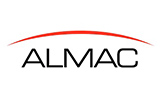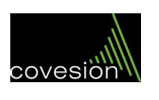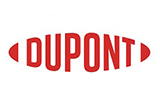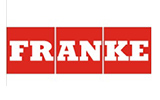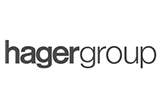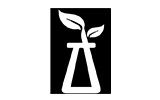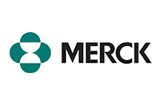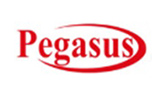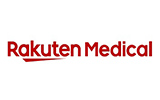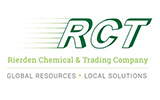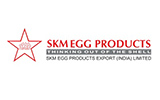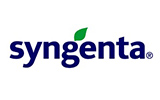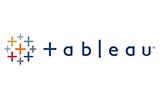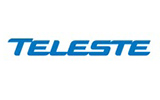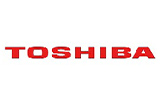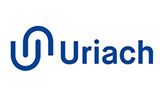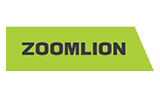CHAPTER 1:INTRODUCTION
1.1.Report description
1.2.Key benefits for stakeholders
1.3.Key market segments
1.4.Research methodology
1.4.1.Primary research
1.4.2.Secondary research
1.4.3.Analyst tools and models
CHAPTER 2:EXECUTIVE SUMMARY
2.1.Key findings of the study
2.2.CXO perspective
CHAPTER 3:MARKET LANDSCAPE
3.1.Market definition and scope
3.2.Key findings
3.2.1.Top investment pockets
3.2.2.Porter's five forces analysis
3.3.Patent analysis
3.4.Market dynamics
3.4.1.Drivers
3.4.1.1.Increase in infrastructure activities
3.4.1.2.Reduction in maintenance cycles and costs
3.4.1.3.Superior properties associated with geogrid
3.4.2.Restraint
3.4.2.1.Lack of skilled workers
3.4.3.Opportunity
3.4.3.1.Increase in awareness and surge in number of R&D activities
3.5.Value chain analysis
3.6.Parent Peer Market
3.7.Impact of COVID-19 on the North America geogrid market
3.7.1.Supply-Demand Imbalance
3.7.2.Price Fluctuation
3.7.3.Geopolitical Barriers
3.7.4.Affected Trade Affairs
CHAPTER 4:NORTH AMERICA GEOGRID MARKET, BY TYPE
4.1.Overview
4.1.1.Market size and forecast
4.2.Uniaxial
4.2.1.Key market trends, growth factors, and opportunities
4.2.2.Market share analysis, by country
4.3.Biaxial
4.3.1.Key market trends, growth factors, and opportunities
4.3.2.Market share analysis, by country
CHAPTER 5:NORTH AMERICA GEOGRID MARKET, BY APPLICATION
5.1.Overview
5.1.1.Market size and forecast
5.2.Road industry
5.2.1.Key market trends, growth factors, and opportunities
5.2.2.Market share analysis, by country
5.3.Rail road stabilization
5.3.1.Key market trends, growth factors, and opportunities
5.3.2.Market share analysis, by country
5.4.Soil Reinforcement
5.4.1.Key market trends, growth factors, and opportunities
5.4.2.Market share analysis, by country
5.5.Others
5.5.1.Key market trends, growth factors, and opportunities
5.5.2.Market share analysis, by country
CHAPTER 6:NORTH AMERICA GEOGRID MARKET, BY REGION
6.1.Overview
6.2.North America
6.2.1.Key market trends, growth factors, and opportunities
6.2.2.Market size and forecast, by type
6.2.3.Market size and forecast, by application
6.2.4.Market size and forecast, by country
6.2.5.U.S.
6.2.5.1.Market size and forecast, by type
6.2.5.2.Market size and forecast, by application
6.2.6.Canada
6.2.6.1.Market size and forecast, by type
6.2.6.2.Market size and forecast, by application
6.2.7.Mexico
6.2.7.1.Market size and forecast, by type
6.2.7.2.Market size and forecast, by application
CHAPTER 7:COMPETITIVE LANDSCAPE
7.1.Introduction
7.1.1.Market player positioning, 2019
7.2.Product mapping of top 10 player
7.3.Competitive heatmap
7.4.Key developments
7.4.1.New product launches
7.4.2.Business expansion
CHAPTER 8:COMPANY PROFILES
8.1.SYNTEEN TECHNICAL FABRICS
8.1.1.Company overview
8.1.2.Company snapshot
8.1.3.Product portfolio
8.2.CARTHAGE MILLS
8.2.1.Company overview
8.2.2.Company snapshot
8.2.3.Product portfolio
8.3.MACCAFERRI INC.
8.3.1.Company overview
8.3.2.Company snapshot
8.3.3.Product portfolio
8.3.1.Business performance
8.4.Huesker US
8.4.1.Company overview
8.4.2.Company snapshot
8.4.3.Product portfolio
8.5.PROPEX OPERATING COMPANY, LLC
8.5.1.Company overview
8.5.2.Company snapshot
8.5.3.Product portfolio
8.6.STRATA SYSTEMS, INC.
8.6.1.Company overview
8.6.2.Company snapshot
8.6.3.Product portfolio
8.7.TDM GROUP
8.7.1.Company overview
8.7.2.Company snapshot
8.7.3.Product portfolio
8.8.TENCATE GEOSYNTHETICS AMERICAS
8.8.1.Company overview
8.8.2.Company snapshot
8.8.3.Operating business segments
8.8.4.Product portfolio
8.8.5.Business performance
8.9.TENSAR CORPORATION
8.9.1.Company overview
8.9.2.Company snapshot
8.9.3.Product portfolio
8.9.4.Key strategic moves and developments
8.10.LAYFIELD GROUP. LTD.
8.10.1.Company overview
8.10.2.Company snapshot
8.10.3.Product portfolio


